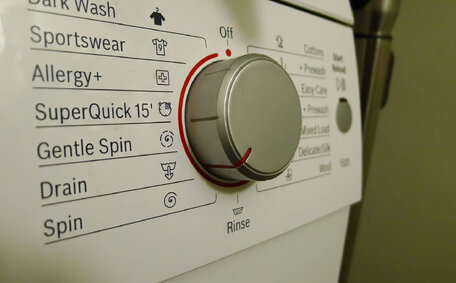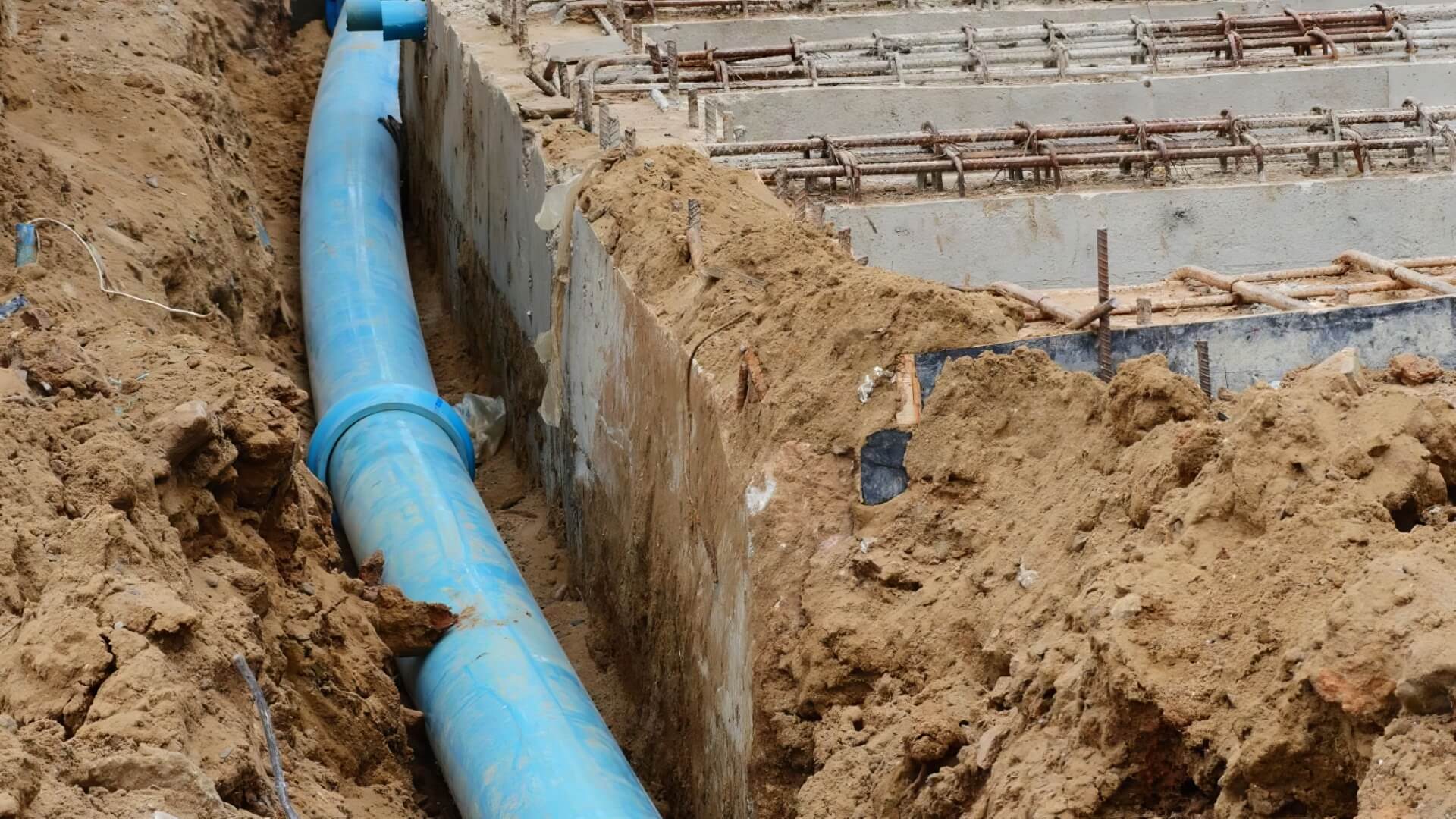Introduction to Sustainable Gas Solutions
For years, we have relied heavily on using fossil fuels, including coal, oil, and natural gas, to meet our energy needs.
By 2030, renewable energy sources like solar and wind are expected to rise by over 5%, gaining a stronger foothold in the sustainable energy mix. Sustainable gas solutions are essential in this transition.
Sustainable gas strategies enable energy reduction and lower emissions, complementing renewable power in domestic, industrial, and transport sectors. Discover the environmental and economic benefits of sustainable gases and their pivotal role in achieving a net-zero future; subscribe for updates.
Upgrading infrastructure to accommodate renewable gases maximises the sustainable use of existing natural gas pipelines and power plants.
The Role of Natural Gas in the Energy Transition
Fossil fuel companies recognise that resources such as natural gas play a crucial transitional role as the world pivots from being dependent on fossil fuels to embracing more sustainable energy systems. Compared to traditional fossil fuel options like coal and oil, natural gas is a natural gas cleaner option, producing significantly lower CO2 emissions when combusted.
Numerous experts suggest that natural gas, with its key position in the energy sector, will remain essential in the global energy mix, inviting you to consider its implications.
Gas-fired plants provide flexibility and fast deployment, complementing the variable output from renewables like offshore wind. Upgrading existing infrastructure, such as gas power plant facilities, facilitates a viable route for encompassing low carbon gases and supporting the integration of wind solar energy sources.
Enhancing natural gas production and infrastructure paves the way for a secure, sustainable energy system with net-zero goals attainable.
Through the acquisition of renewable gas and the integration of carbon capture, natural gas maintains its role in providing reliable, affordable energy while reducing emissions. Minimising methane emissions and harnessing carbon capture can make natural gas a valuable bridge towards expanded renewable electricity.
Hydrogen and Biogas as Future Renewable Gases
Renewable hydrogen and biogas hold great promise as sustainable energy sources with potential to cut carbon emissions. Hydrogen can be generated through electrolysis, using solar-derived electricity to split water into hydrogen and oxygen.
Hydrogen, though highly flammable, can currently be blended into natural gas pipelines in low concentrations with appropriate safety measures. Future infrastructure upgrades could enable pipelines and devices to accommodate pure hydrogen flows. Hydrogen-based fuel cell vehicles offer cleaner transportation alternatives.
Biogas, produced by capturing methane from organic waste decomposition, is a viable renewable gas. When organic waste breaks down, it releases methane which has high global warming potential. Capturing biogas prevents these emissions while generating renewable fuel.
At wastewater treatment plants, landfills, and farms, biogas production can help sustainably feed our gas distribution networks.
Both hydrogen and biogas have the advantage of tapping into the current setup of gas power generation infrastructure, encompassing pipelines and power facilities.
The rise of hydrogen and biogas as emerging energy solutions is critical in the rapid decarbonisation of gas systems, crucial to achieving residential and commercial net-zero climate targets.
Technological Innovations in Gas Turbines and Infrastructure
Recent advancements in gas turbine technology have significantly improved energy efficiency and reduced emissions. By enhancing critical components and optimising combustion, modern gas turbines can boost efficiency, pushing volumes up, effectively acting to reduce carbon emissions while operating at higher temperatures and capacities.
These technological innovations are positioning hydrogen and biogas as more viable options, likely to influence use our existing energy patterns and enhanced gas turbines. Modified turbine designs can burn 100 renewable gas or high blended mixes of hydrogen and natural gas. This enables a cost-effective shift by utilising existing pipeline infrastructure and gas power plants, mitigating carbon dioxide output along the way.
Within the energy sector, gas turbines fuelled by renewable gases, a type of gas renewable gas we are committed to advancing, paired with steadfast carbon capture technology, can supply firm, lowcarbon energy to counterbalance fluctuating renewable generation. Rather than scrapped and replaced, gas turbine infrastructure is being adapted to enable decarbonisation aligned with net zero emissions targets.
Moreover, turbines can adapt to operate entirely on innovative sustainable fuels, allowing us to create new gas sources such as green hydrogen once sufficient production is achieved.
Economic and Investment Opportunities in Sustainable Gases
There are significant economic and investment opportunities emerging in the sustainable gases sector. As demand grows for low emissions energy solutions at Gas companies aligned with net zero targets, hydrogen, biogas, and renewable natural gas projects are attracting substantial capital.
Government incentives like tax credits, grants, and guaranteed offtake agreements are helping spur development; including projects like Hydrogen Park South Australia, so consider providing your email address for our newsletter. For example, The Australian Renewable Energy Agency recently committed $70 million to foster the development in South Australia, funding two commercial-scale green hydrogen projects.
Experts anticipate multibillion-dollar global markets to emerge, encompassing production, storage, distribution, and application of renewable gases. These massive investments in areas such as energy storage are expected to drive down costs through scaled deployment and technological improvements, accelerating consumer adoption.
Despite challenges, economically, sustainable gas solutions are well positioned to replace carbon-intensive energy sources, facilitating a smoother energy transition. Decarbonisation policies and net-zero commitments create considerable opportunities for attractive investment returns by incentivising clean energy transitions.
Environmental Benefits of Sustainable Gas Solutions
Sustainable gas solutions can offer substantial environmental advantages over the prolonged dependence on fossil fuels, maturing into a gas we can use as a cleaner energy source by comparison. When renewable gases like hydrogen or biogas displace natural gas, greenhouse gas emissions decrease substantially.
Hydrogen, when harnessed using renewable electrolysis instead of steam methane reforming, can be used same way but results in essentially zero carbon emissions. It burns cleanly, producing only water upon combustion. Switching to green hydrogen for processes that currently use fossil fuels would drastically reduce emissions.
Biogas utilisation also prevents methane, a potent greenhouse gas, from being released into the atmosphere. Capturing biogas, rather than allowing organic waste to decompose, slashes methane emissions, achieving environmental and energy goals at the same time. According to the EPA, using biogas for electricity generation can reduce lifecycle GHG emissions by over 80% relative to coal power.
Grasping how natural gas shifts from conventional to organically sourced renewable options clarifies the reduction in carbon-intense gas energy. Renewable Natural Gas can be used in pretty much the same way natural gas is utilised for dispatchable power generation, heating, and cooking, boasting the added advantage of up to 80% lower GHG impact depending on the feedstock.
Renewable gases enhance renewable electricity usage and provide essential balance to our energy supply. Offering a dependable cushion for erratic sources like wind solar production, Renewable gas can use our position to be instrumental in amplifying carbon cutbacks throughout our collective energy network. Rather than directly emitting greenhouse gases, sustainable gas solutions offer a pathway to net-zero carbon emissions while maintaining reliable energy access.
Aligning with Global Climate Goals and Net Zero Emissions
Sustainable gas resolutions hold the crucible for aligning with international climate aspirations and attaining a net zero emissions standard, setting a target no later than the critical global markers. Under agreements like the Paris Climate Accords, nations worldwide have committed to ambitious decarbonisation targets for limiting global warming to 1.5C or below by 2050.
Transitioning from unabated fossil gas usage to renewable gases like hydrogen and biogas will play a major role in fulfilling these commitments. The International Energy Agency’s white paper on Net Zero by 2050 envisions renewable gases satisfying nearly 20% of global energy demand under a sustainable pathway that limits warming to 1.5C.
Shifting away from traditional fossil gas dependence, sustainable gases hold a key role in enabling proactive gas entities to reduce emissions in areas tough to decarbonise, including manufacturing and heavy-duty transportation. Their production and usage minimizes greenhouse gases while enabling a transition that aligns with net zero carbon goals. This strategic alignment propels us towards a future of being net zero carbon while striving for cost-effective solutions, ensuring reliable energy access.
Upgraded gas infrastructure effectively supports larger proportions of hydrogen and biogas, ensuring a resilient energy supply for essential services. Existing gas networks and infrastructure enable a cost-effective transition to renewable energy. Countries like Australia are actively exploring blending requirements to boost gas supply while maximising sustainable utilisation.
With supportive policies and investments driving rapid growth, our customers can rest assured that renewable gases will meet the diverse future gas needs while aligning with global climate imperatives. The role gas solutions play in scalable and infrastructurally-compatible decarbonisation makes them indispensable for limiting emissions in line with net zero goals.
The Future of Sustainable Gas in a Low-Carbon World
As the world transitions to a low-carbon future, sustainable gases like renewable natural gas, hydrogen, and biogas will play an increasingly vital role. These solutions align with international climate goals and efforts towards net zero emissions by displacing more carbon-intensive fossil fuels.
Considering current trends, experts project that renewable gases may supply a substantial share of energy, possibly exceeding fossil fuels and representing as much as 20% of the global energy demand by the mid-21st century. Ongoing technological breakthroughs coupled with burgeoning investments will usher in reduced expenditures and enable mass deployment across gas infrastructure, signifying how gas help can be harnessed more effectively.
Sustainable gases face challenges regarding consumer adoption, production scaling, and infrastructure upgrades to accommodate hydrogen blending. Supportive government policies can incentivise the acceleration of renewable gas projects through grants, tax credits and guaranteed purchase agreements.
The rise of sustainable gases leverages existing natural gas systems to create cost-effective avenues for shrinking carbon footprints in heat power generation, electrification, and transportation, where gas can be seen as a paragon of sustainability. Renewable ready gas networks will facilitate a transition to climate-friendly energy, showcasing how gas can remain reliable and support climate objectives. With determined collaboration between industry, government and consumers – we could achieve a sustainable energy future, reinforcing energy security in a low emissions world.






